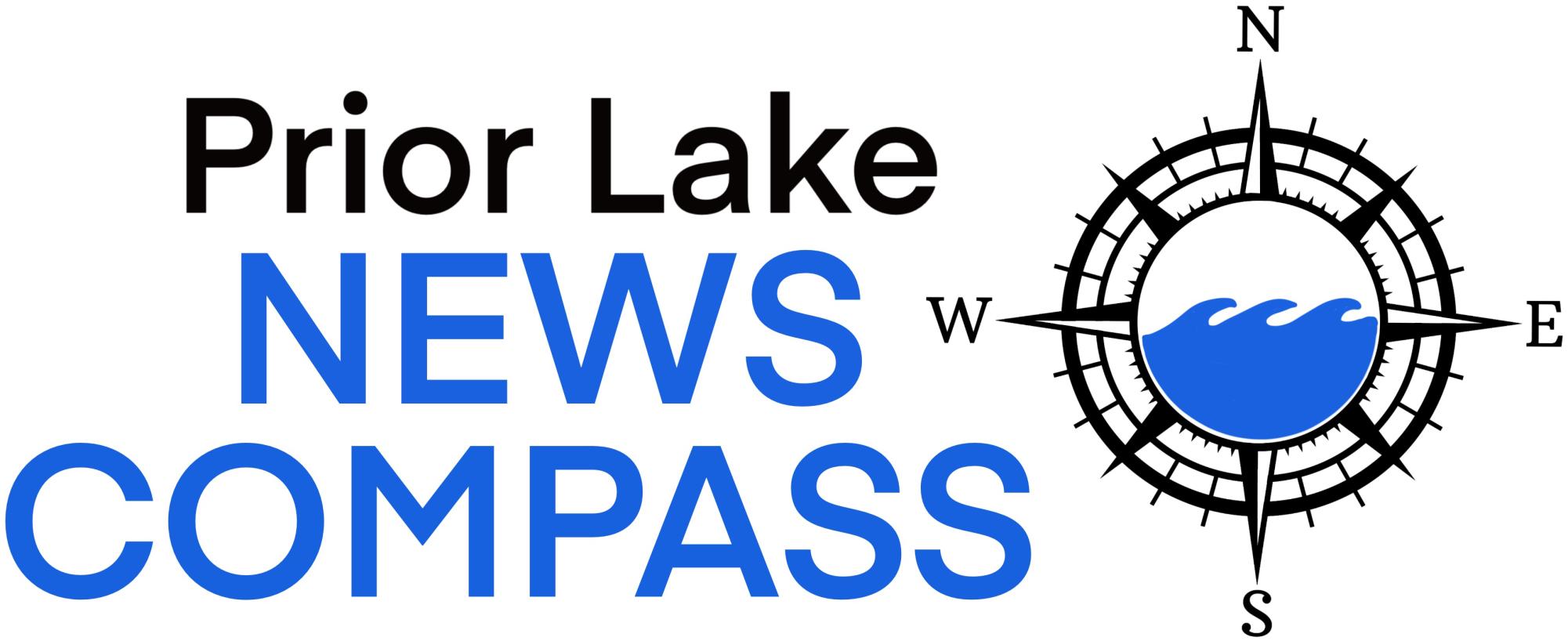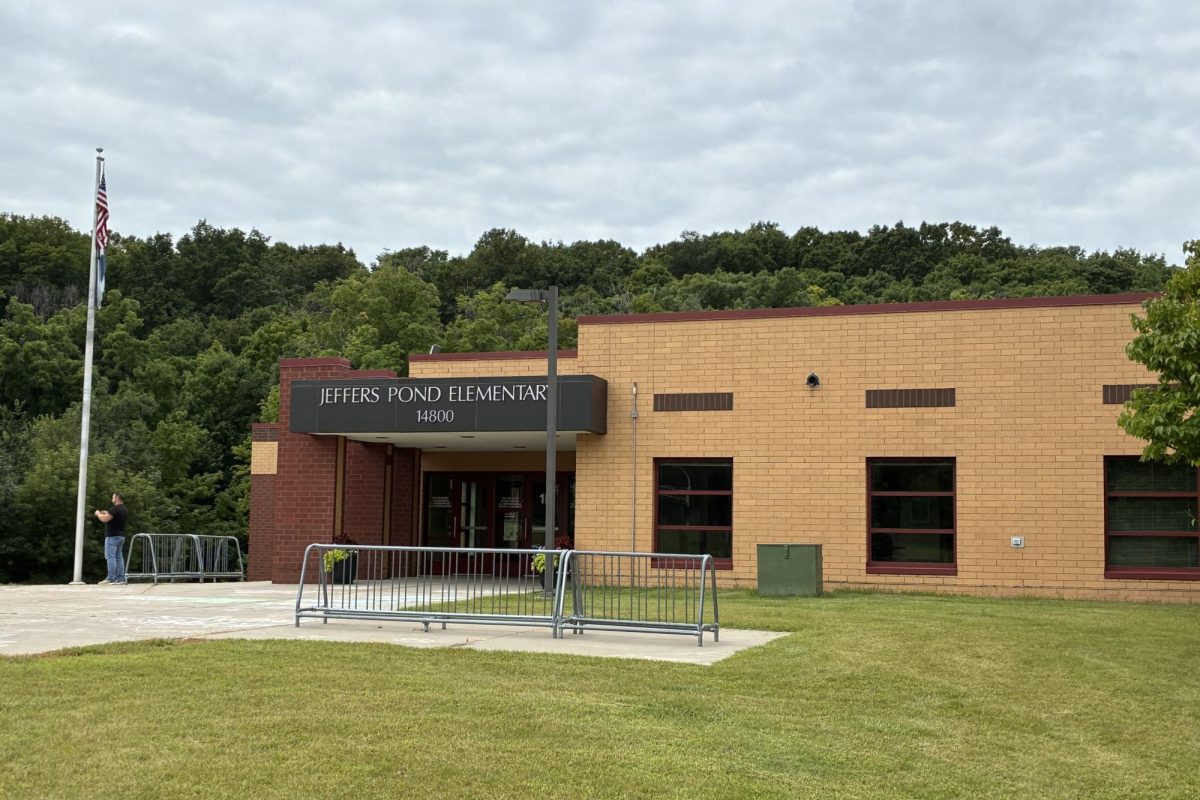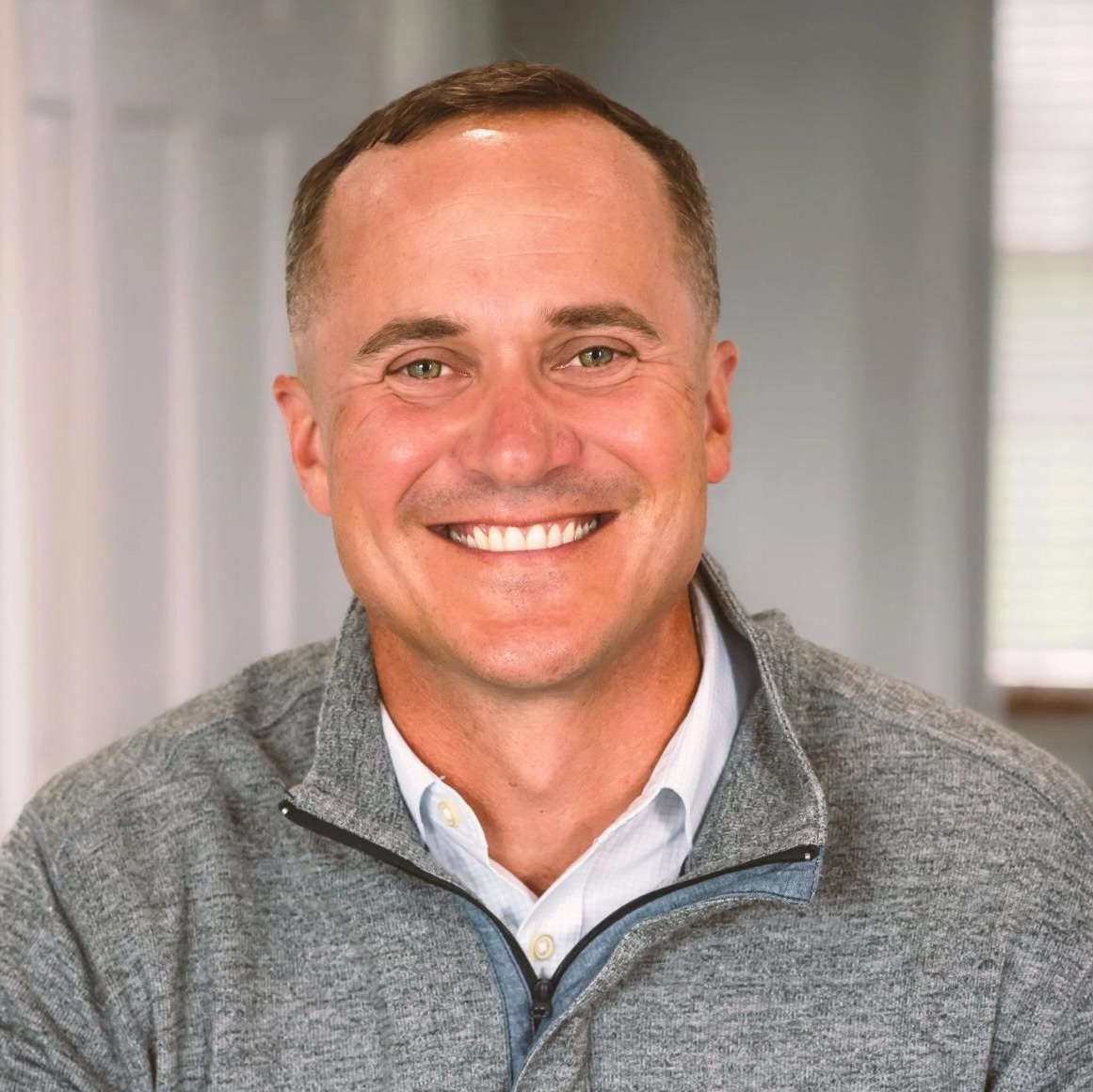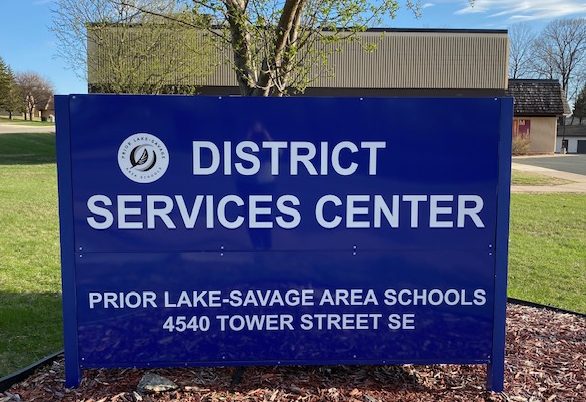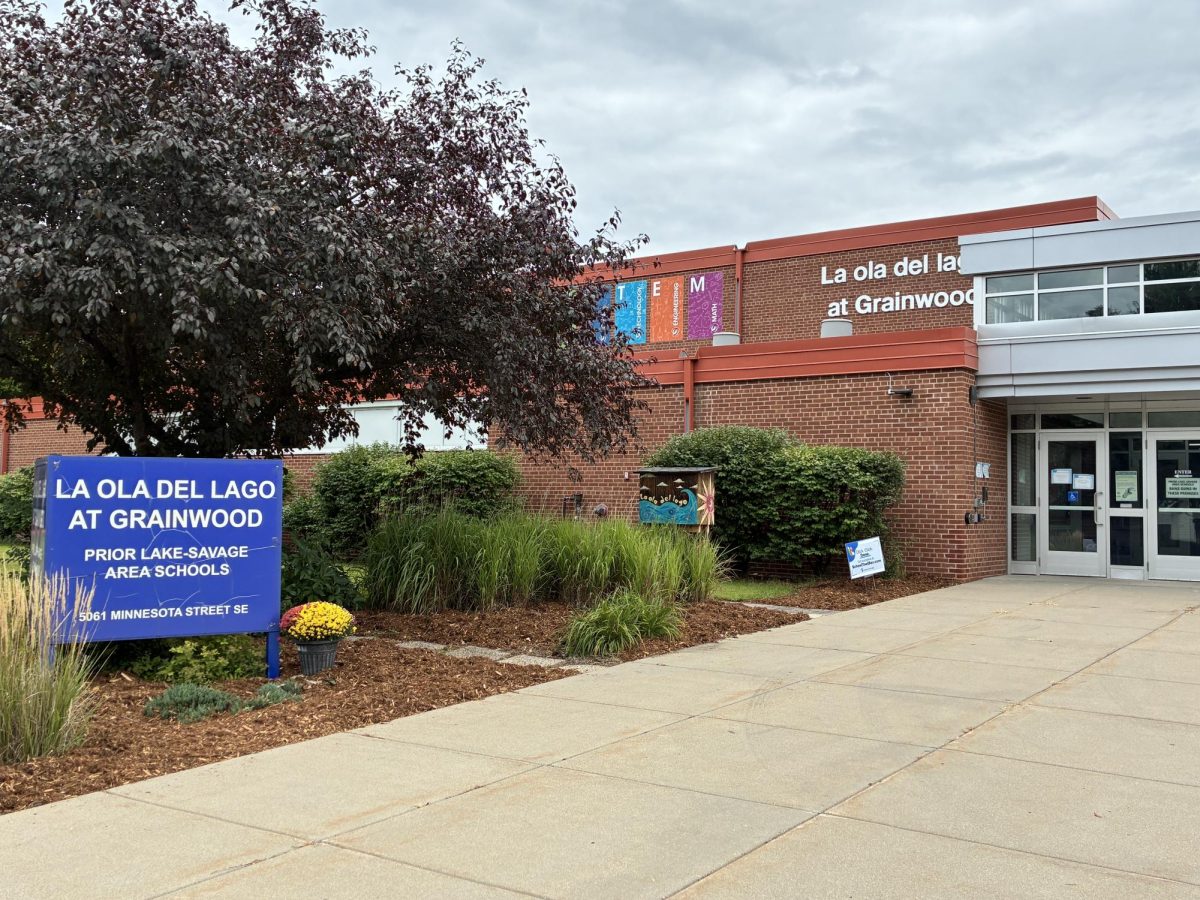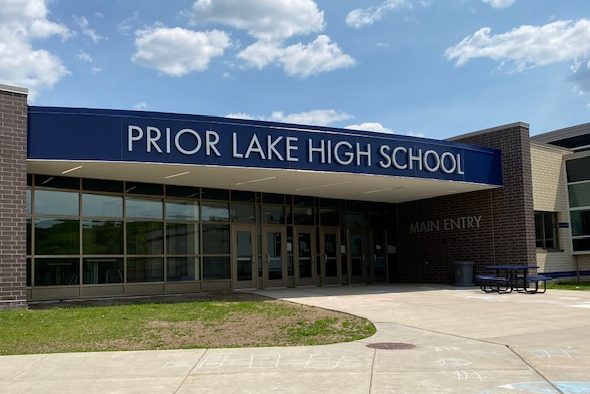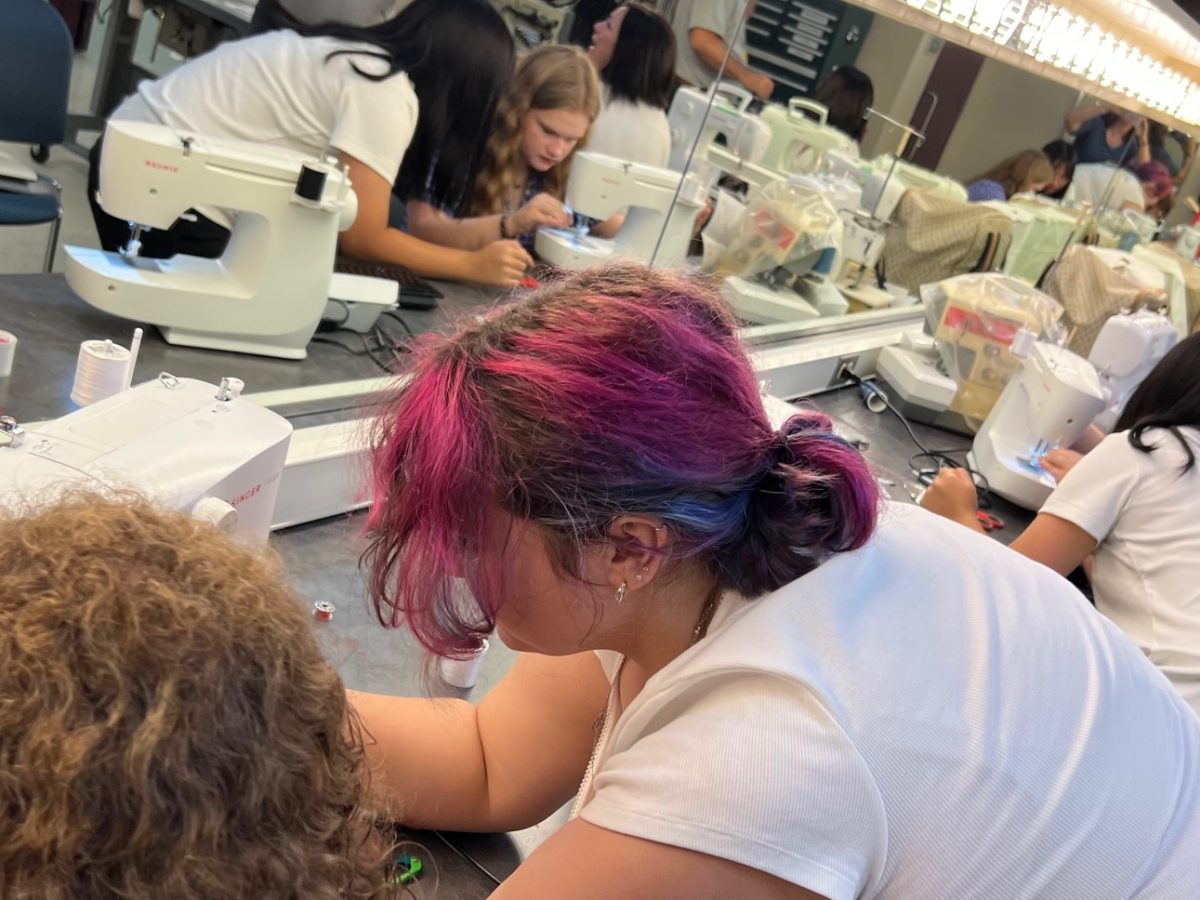Prior Lake-Savage Area Schools could face a nearly $2 million deficit by fiscal year 2028 if they do not significantly cut expenditures.
Lisa Rider, district director of business services, laid out the fiscal situation in a memo shared at the Oct. 27 school board study session of projected funds through fiscal year 2031. Rider said in the memo the district could enter statutory operating debt – when a district ends with a general fund balance after fixed costs of less than 2.5% of expenditures – forcing PLSAS to create a special operating plan that must be approved by the state.
Overall, the forecasted revenue increase is much lower than the forecasted expenditures. Rider said the issue cannot be remedied by an increase in enrollment, which has declined in recent years.
“Any five-year plan leading to financial sustainability would need to include significant institutional and structural changes,” Rider said in her memo.
Rider shared two possible forecasts: one if the operating levy approved in 2017 ends in fiscal year 2029 and one if the levy is renewed.
Rider said both projections show district revenue declining, expenses increasing and a deficit unless structural changes are made to the budget. Rider projected the district would have funds to cover deficits of $1 million in fiscal year 2026 and $4.8 million in fiscal year 2027 before a nearly $10 million shortfall wipes out reserve funds in fiscal year 2028 when the levy sunsets.
Deficits balloon to double digits in each of the next three projected fiscal years, though Rider warned projecting budgets that far out come with a significant chance of error.
Rider said the forecasts are based on a few assumptions, including the district’s projected enrollment, revenue factors and increasing expenditures.
The district expects a slight decline in enrollment over the next five years. Rider said the assumption is due to the declining birth rate and the aging population of the district boundaries. She said future housing growth is possible, which could help increase district enrollment, though not enough to offset the entire deficit.
“There is no realistic enrollment scenario where revenues will exceed expenditures,” Rider said in her memo.
When projecting future revenue, Rider said the state legislature sets its state aid formula based on an inflation range of 2 to 3%. When creating her forecast, Rider set the rate of inflation at 2%. She said the current referendum levy amounts to $623.97 per student. This is a set amount and is not affected by inflation.
The district will continue to receive cross-subsidy revenue for special education. However, Rider expressed some concern that political unpredictability in possible legislation could cause a loss in some of those subsidies. The district has been using about $5 million over the subsidies it receives to support special education students.
Around 83% of the district’s expenses are in salary and benefits. The expenses forecast assumed an annual wage scale increase of 2.5% from fiscal years 2026-2031 for all contracted employees. It also set a 1-3% increase for services, supplies and equipment. The district’s health and dental insurance costs are forecasted to increase 2-5%.
Rider said some expenses are out of the district’s control, including utilities, transportation and maintenance. These areas make up 11% of the district’s expenses.
The Nov. 10 board meeting will include a report covering the recent district audit. The revised FY26 budget will be presented during the Nov. 24 board study session.
